As a lover of all the bubbles, I’ve been keeping an eye on the bubbly game in Willamette Valley. If I recall correctly (and stuff does get lost in there from time to time) I think my first experience with Willamette Valley sparkling wine was from Argyle Winery. I’ve had it on a number of occasions and have always enjoyed. As one of the O.G.’s in this space, Argyle began crafting Oregon sparkling wine in 1987 and makes some of the most highly regarded sparkling wines around. But even as I enjoyed their wines, in the back of mind mind, I always wondered why I didn’t see more Willamette Valley sparkling wine. Particularly since Willamette Valley is a cool climate region that makes epic Pinot Noir and fantastic Chardonnay (which has recently caught my attention) – both of which are classic grapes for sparkling wine. Yet, despite having the foundation, only a handful of Willamette Valley producers have dared dip their toe in the world of sparkling wine. But that’s changing.
Bill Blosser of Sokol Blosser Winery (which recently celebrated its 50th anniversary) says he always wanted to make sparkling wine, but “I didn’t have the nerve.” That is until son Alex came along. “We made two promises. That we would continue to raise the quality of the wine and that we would make sparkling wine,” shares Alex Sokol Blosser of the promises he and sister Alison made when taking over the winery from their parents. And job well done as their Sparkling Rosé of Pinot Noir has recently become a perennial favorite at our house. I think beach views makes it even better.
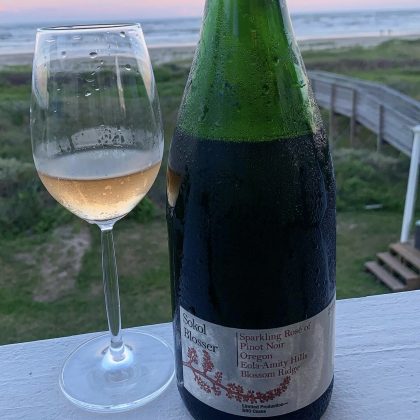
Over at Left Coast Estate, it was a case of a not so great vintage that made them take the plunge in 2011. “It was an exceptionally cold and wet vintage which really slowed ripening and maintained a high level of acidity in the vineyards. Not so great for Pinot Noir, but perfect chemistry for sparkling wine,” shares Taylor Pfaff, CEO of Left Coast Estate. “We’d always dreamed of making Méthode Traditionelle sparkling wines and the climatic conditions of the 2011 vintage accelerated our timeline.”
And more seem to be taking the leap. The last several years have seen many winemakers adding sparkling wines to their portfolios. Mobile sparkling outfits like Radiant Wine Company have made a difference as they have helped producers to overcome some of the obstacles facing small-production sparkling wine producers, specifically by providing specialized equipment and technical know how. There are even emerging sparkling wine specialists like Johan, DePonte and more.
While it may seem odd that many are only recently making sparkling wine, a look at the region’s history may make it seem less strange. “On one hand, sparkling wine offerings from Oregon wineries have rapidly expanded in the last 4-5 years so it’s a relatively new trend in Oregon. But on the other hand, Oregon wine is barely 50 years old so I think that our evolution of wine styles and varietals is evolving quite rapidly,” says Pfaff. Left Coast has been making sparkling wine for about a decade now and has several different sparkling wines in its portfolio. Their Blanc de Noir ($55) sparkling wine is a testament to how seriously they take their craft. Crafted of 100% Pinot Noir and made in the traditional method, it is hand riddled and spends four years on the lees. Lean and linear with emerging biscuit flavors along with tart pear, kiwi, and apple, it would appeal to fans of classic champagne. As it happens, my first real experience with Left Coast was a few years ago when they blew my mind with their White Pinot Noir. Get some!
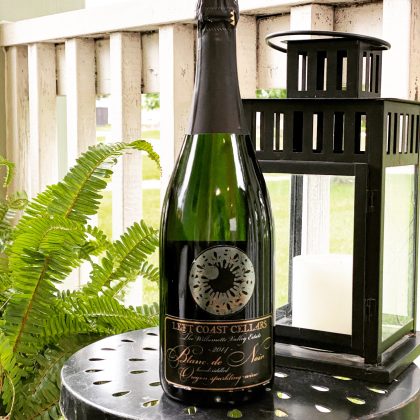
The three classic Champagne grapes (Chardonnay, Pinot Noir, and Pinot Meunier) thrive in the Willamette. The growing season helps to ensure both phenolic ripeness as well as the perfect amount of acidity in the fruit. Meunier particularly has been getting lots of attention of late, which makes me ridiculously happy. In fact, Left Coast Estate has a fantastic Brut Rosé crafted of 100% Pinot Meunier.
Given that Pinot Noir is the signature varietal for Willamette Valley, it’s no surprise that sparkling Rosé of Pinot Noir wines shine. Raptor Ridge Winery has long been known for its quality Pinot Noir and has recently added a sparkling rosé to its lineup. The 2016 Raptor Ridge Sparkling Rosé ($50) crafted by winemaker Shannon Gustafson is a lovely representation of a Willamette Valley Pinot Noir sparkler. All that gorgeous color comes from a couple of days of skin contact followed by close to four years of lees aging. And I love that for Raptor Ridge, it goes behind wine. From its infancy as a “garage” winery when Scott and Annie Shull hosted tastings in their home, to 2020 when they took the Willamette Valley Wine Business Diversity Pledge, Raptor Ridge has always emphasized a connection to the broader community.
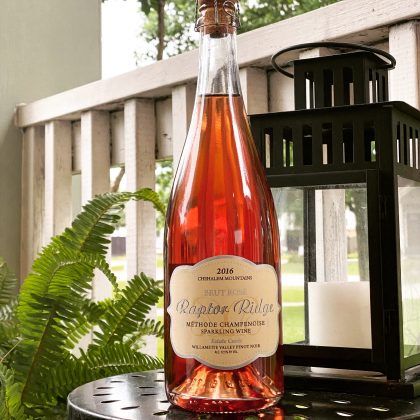
The folks at Kramer Vineyards have been growing wine from their 22-acre, sustainably farmed estate vineyard in Yamhill-Carlton for over thirty years and their sparkling wines embrace the classic trio of grapes. They make sparkling wines using a variety of methods – Traditional Method, Méthode Ancestrale (for Pet-Nats), as well as force carbonated and release 12+ sparkling wines each year. Sparkling wine makes up 40% of their portfolio so it’s a sure bet they know what they’re doing. Their 2017 traditional Brut vintage sparkler ($38) is made with 52% Chardonnay, 29% Meunier, and 19% Pinot Noir and spent 15 months on the lees. It’s an incredibly fresh sparkler with fine bubbles and is a great introduction to their extensive sparkling wine portfolio.
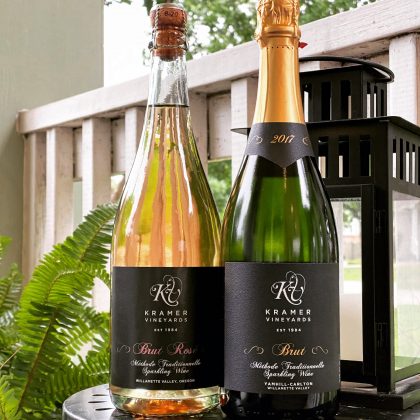
Like their Brut sparkling wine, Kramer’s NV Brut Rosé ($34), is also made with classic champagne varieties – in this case 92% Pinot Noir and 8% Pinot Meunier. This tasty whole-cluster pressed bubbly offers up lots of strawberries and cream, and raspberry fruit and is a joy to drink. Cue the summer vibes.
But while the classic Champagne grapes are prevalent in the Willamette Valley, producers aren’t bound by rules as producers in Champagne are. That allows them to mix things up and embrace non-traditional varieties. One of Kramer’s first sparkling wines produced back in 2001 was their Celebrate Sparkling Müller-Thurgau. In addition to the Müller-Thurgau, they also craft sparkling wines from Grüner Veltliner and Pinot Gris.
Similarly, Sokol Blosser’s Bluebird Cuvée Sparkling Wine is an interesting blend of Pinot Noir, Chardonnay, Early Muscat, Muller-Thurgau, and Riesling and is all about fresh fruit flavors. Alex Sokol Blosser says that he is squarely in the “reduction camp” when it comes to sparkling wines. He wants purity of fruit in his sparkling wine, as opposed to the toastiness that comes from oxidative aging. This one spent less than a year on the lees and certainly provides lots of fresh, vibrant fruit and bright acidity.
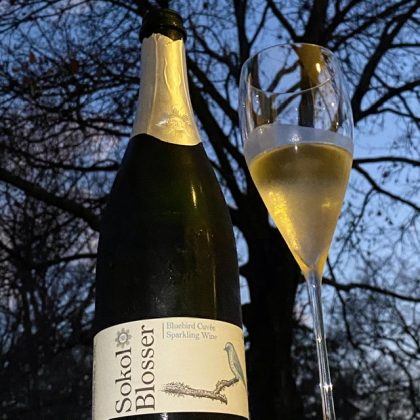
In a nod to mixing things up, the folks at Winter’s Hill Estate have embraced Pinot Blanc in their sparkling wine production. Their Traditional Method Brut ($55) is a 50/50 blend of Pinot Noir and Pinot Blanc and is clean, lively, and offers abundant fruit. Floral, cream, and toast on the nose along with citrus, toast, green apple, a little bitter almond and salinity on the palate makes for quite a complex bubbly. Owned and operated by the Gladhart family who view farming their land in Oregon’s Dundee Hills as a “privilege,” Winter’s Hill has embraced sustainable farming practices since they planted their first vines in 1990. As a result of their sustainability efforts, the winery has been certified by LIVE and SalmonSafe.
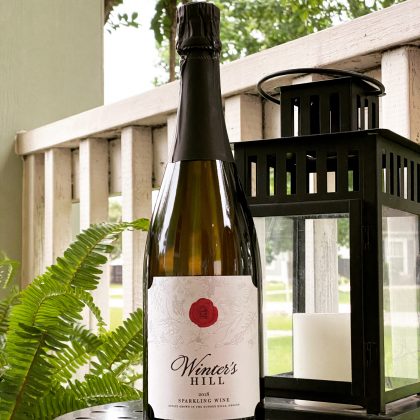
It’s great seeing newer outfits joining the region’s handful of longstanding producers to elevate the area’s sparkling wine and perhaps position the region as key New World source for sparkling wine. As a lover of Champagne, Cava, Sekt, and more, I’m so excited to see these wines coming into the market. With a balance of ripe fruit and acidity, there is much to love about Willamette Valley sparkling wine.
Will it continue? “I do think that it will continue to grow locally and for DTC sales,” says Pfaff. “But it remains to be seen if the Willamette Valley will emerge as a primary domestic producer of sparkling wines.” Well I for one am rooting for them.
A big thank you to all the producers who provided information, interviews, and wine samples.

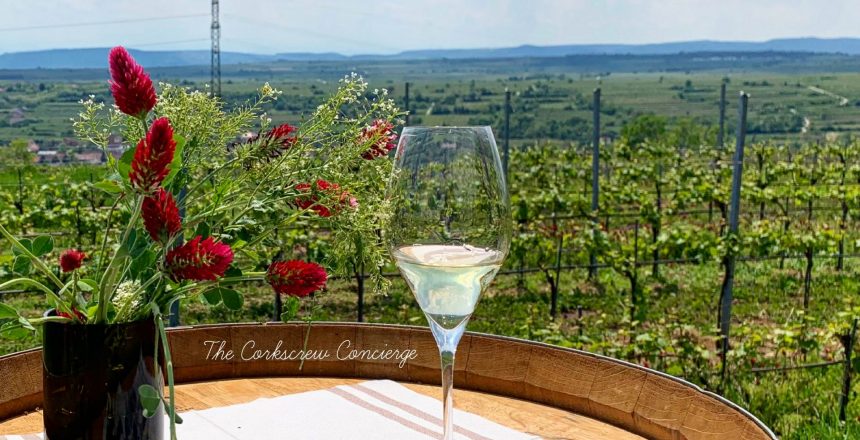
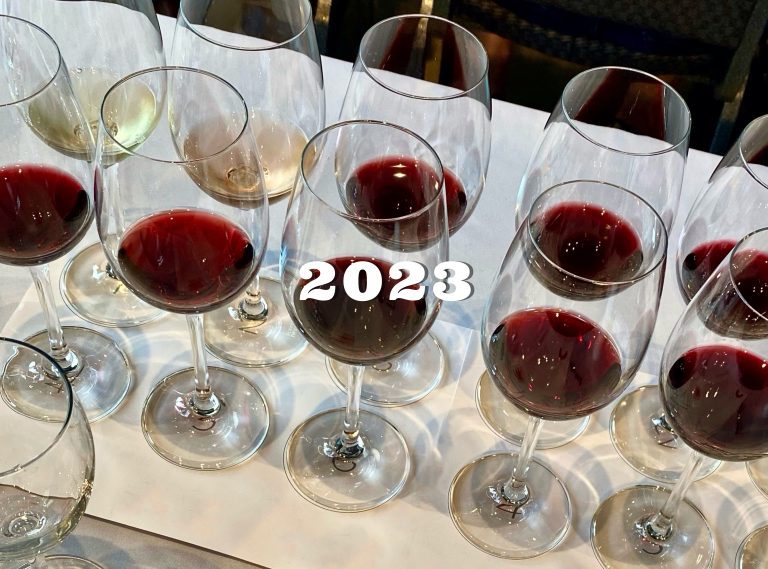
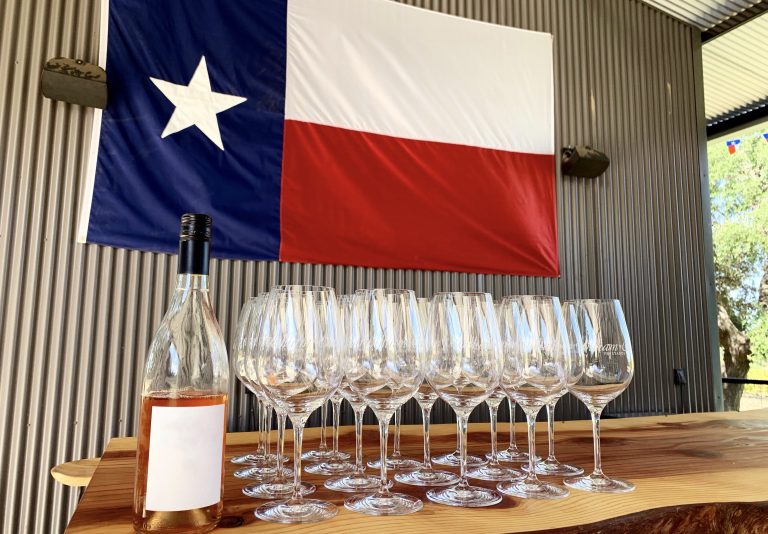


2 Comments
Andrea
•3 years ago
I envy you all these wines! I love sparkling wine and several of these sound mouthwateringly fantastic.
Kat
•3 years ago
It was definitely a privilege to be able to try so many different ones.